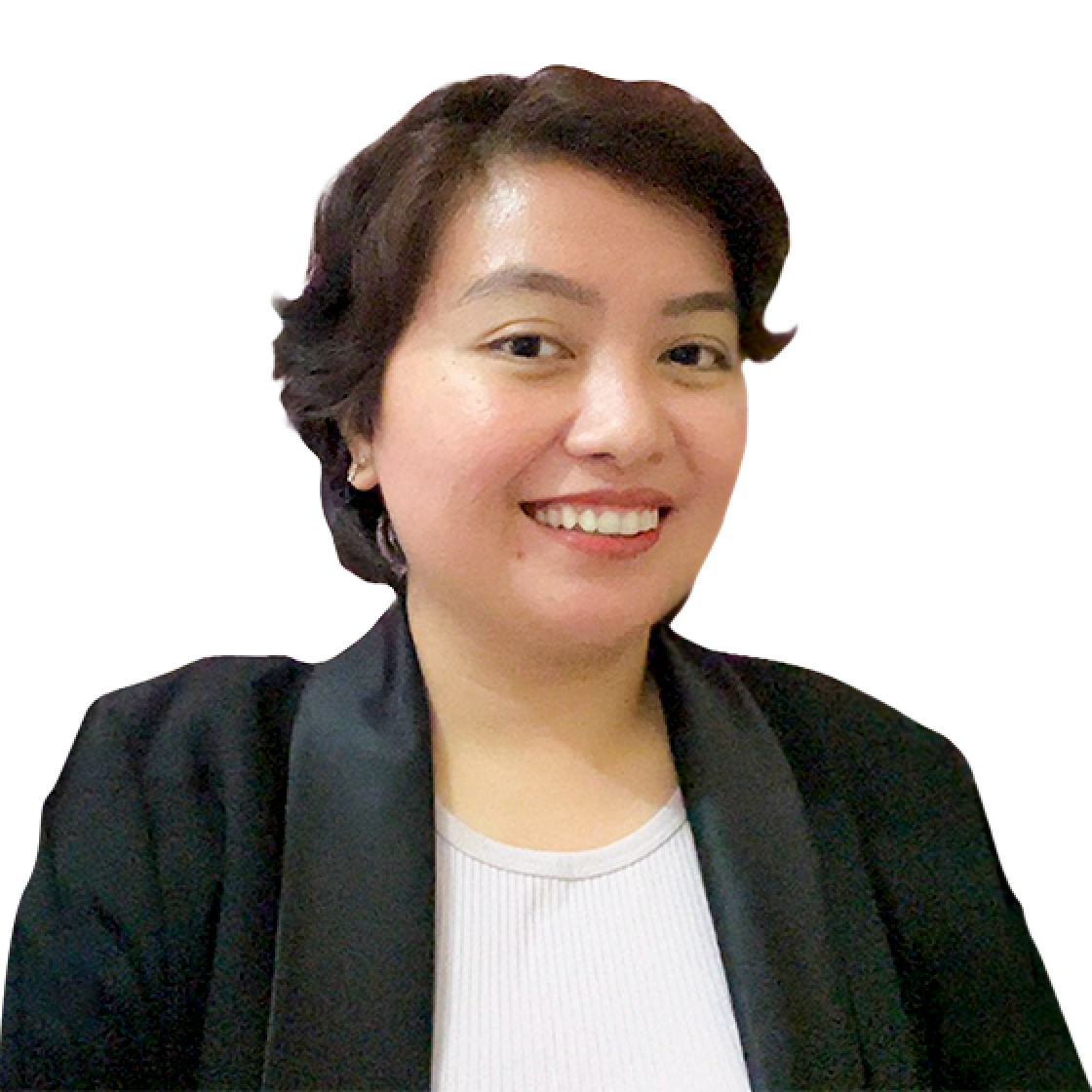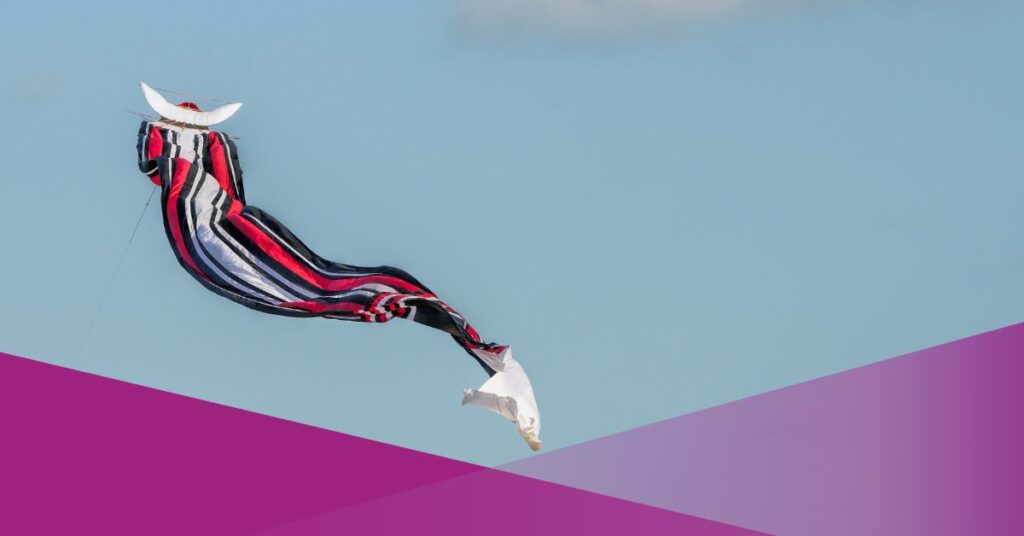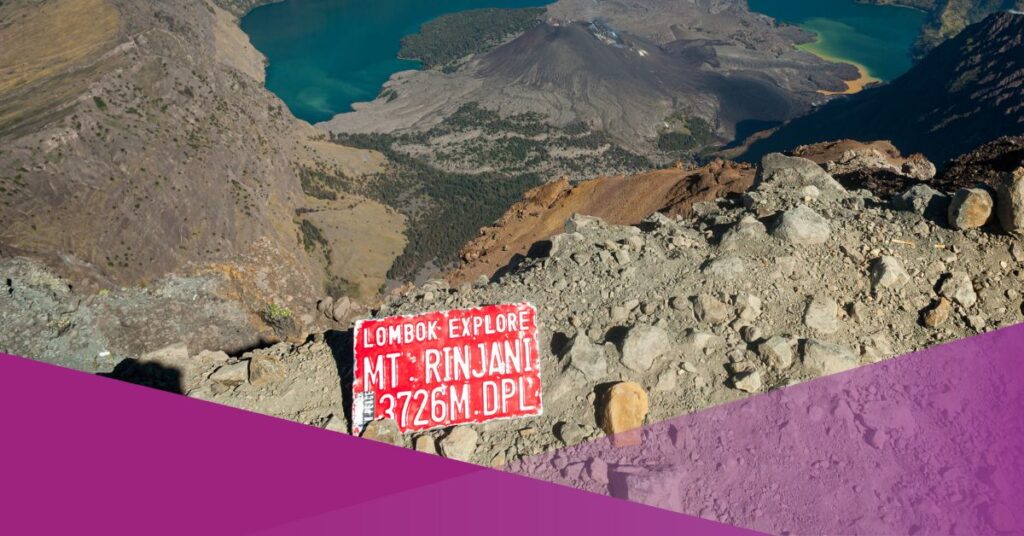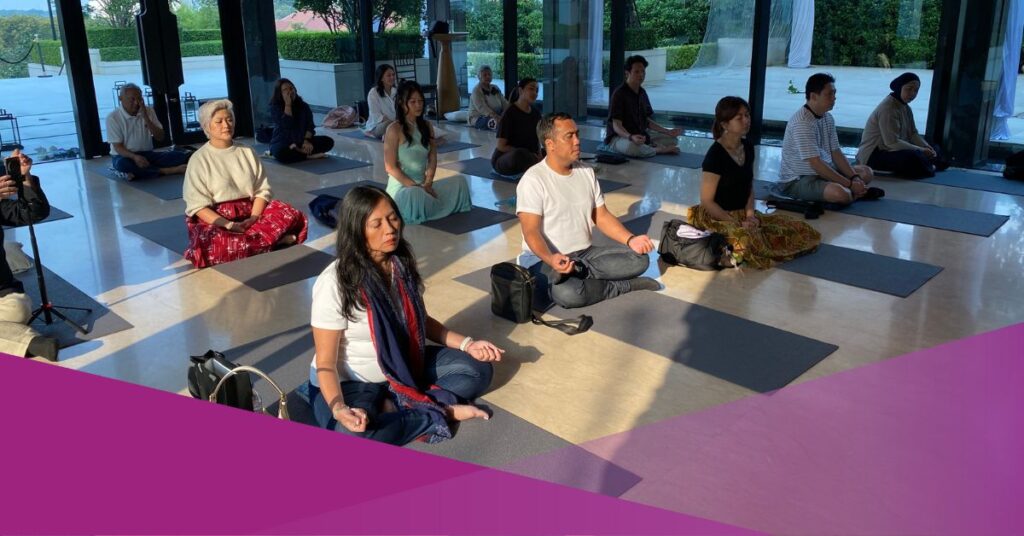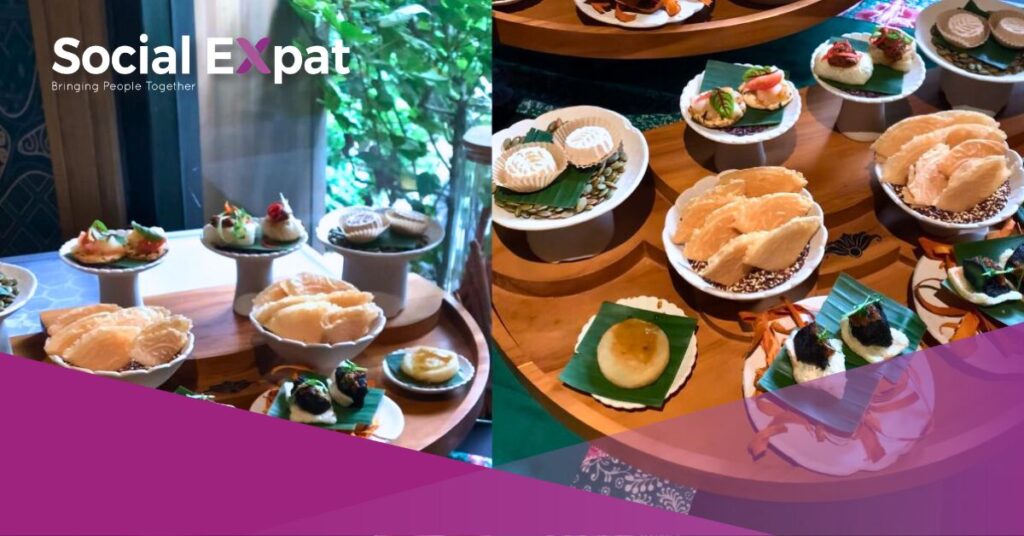A video that recently went viral on TikTok has sparked both amusement and cultural conversation.
Posted by user @karry_king, the video shows her mistakenly calling the cleaner at her accommodation in Bali “Fart” instead of “Ketut”.
“I’m really sorry,” she wrote in the caption, alongside crying emojis that captured her embarrassment. While the difference may seem small to some, “fart” translates literally in Indonesian as the same word in English — leading to an unintentionally humorous situation.
@karry_kingI’m really sorry 😭😭😭
Commenters were quick to reassure her, with one writing, “What happened in Bali, stays in Bali,” while another added, “He’s probably used to it, it’s OK queen.” But beyond the laughs, this incident highlights a deeper cultural story — the significance of Balinese names.
The Cultural Significance Behind Every Balinese Name
Balinese names follow a unique system deeply rooted in tradition, especially reflecting birth order. These names are commonly used across both genders and often indicate the person’s position in the family.
Here’s a breakdown of the common names:
- Wayan – Typically given to the first-born. It derives from the word wayah, meaning “old”.
- Nengah – The second child, from tengah, meaning “middle”.
- Nyoman/Komang – The third child. Nyoman stems from anom (young), while komang is a common variation.
- Ketut – The fourth child. It originates from ke-tuwut, which means “to follow” or “trailing”, referencing the idea of an unexpected addition to the family.
These names also have synonyms: Wayan may be called Putu or Gede; Nengah as Kadek or Made; Nyoman as Komang. However, Ketut remains unique with no common synonym.
Names, Caste, and Family Titles in Balinese Society

Balinese naming customs go beyond just birth order. They also reflect gender and caste. Prefixes such as I (male) and Ni (female) are commonly used. For higher castes:
- Brahmin caste: Men are named Ida Bagus (handsome), and women Ida Ayu (beautiful).
- Ksatria caste: Male names include Cokorda or Anak Agung, while women may be named Cokorda Istri or Sagung Istri.
- Vaisya caste: Now rare, but names include Ngakan, Kompyang, or Si.
- Sudra caste: The most common group, typically using names based on birth order without caste markers.
Even within the family, specific terms are used depending on the person’s relationship and caste. For instance, grandparents are often addressed as Pekak (grandfather) and Dadong (grandmother). Parents are addressed differently: Nanang or Bapa for fathers, Meme for mothers in the Sudra caste; Aji and Biang in the higher castes.
Children and in-laws also receive caste-based nicknames:
- In Sudra: Cening (boy), Luh (girl).
- In higher castes: Gus or Gung (boy), Gek or Yuk (girl).
Siblings and extended relatives have their own structured naming as well, with older siblings often called Iwa, and younger ones in Sudra communities referred to as Meme Cenik or Me Nik.
This naming system reflects the order, identity, and respect embedded in Balinese society.

